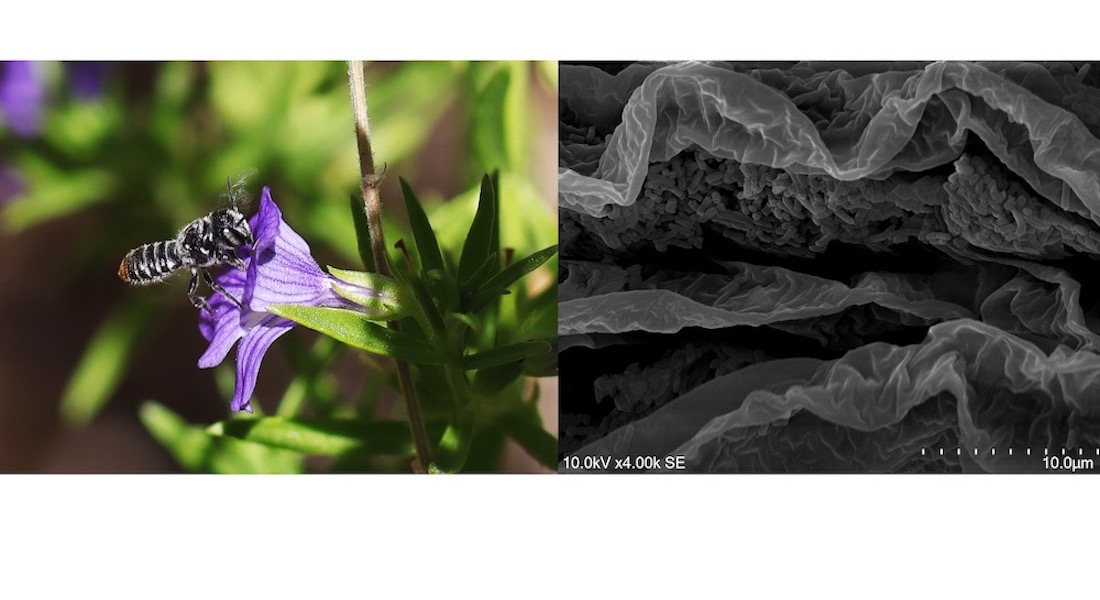Seminar by Elisabeth Williamson

Elisabeth Williamson, a PhD student from Australia that Raphael Eisenhower is co-supervising is visiting and will present some of her PhD work. The seminar will be at 11 AM, Wednesday June 28th (CSS room 7.0.08).
'The role and inheritance of bacteria in the Australian native resin bee, Megachile tosticauda':
Abstract
There has been a recent surge of interest in the role that gut bacteria play in bee health. Honey bees harbor microbial communities in their gastrointestinal tract, playing vital roles in their well-being, including nutrient acquisition, immune function, and social behaviour. While most research on bee microbiota has focused on social bees such as honey bees and bumble bees, it is important to note that the majority of bee species (approximately 90-95% of an estimated 20,000 species worldwide) are solitary.
Solitary bees do not live in colonies or exhibit behaviours such as cooperative brood care or division of labour. Female solitary bees construct individual nests containing "cells" for each offspring, and they must collect sufficient pollen and nectar to provision food for each cell, along with the corresponding egg, before sealing the nest. Like their social counterparts, solitary bees provide crucial pollination and ecosystem services in natural and agricultural systems. However, there are growing concerns about the decline of wild bee populations globally. While habitat loss is the primary cause of bee decline, there is increasing interest in the gut bacteria of solitary bees due to concerns that agrochemical pollution such as pesticides and antibiotics might have negative impacts on potential bee symbiotes.
In this presentation, I will discuss the progress of my PhD research, which investigates the bacteria of the widespread Australian native solitary resin bee, Megachile tosticauda. Using 16S sequencing, we characterized the bacterial signatures found within the food and brood and described the changes in 16S signals throughout the bee's metamorphosis. Additionally, we experimentally assessed how these bacteria are acquired and whether the bacteria in the food provide live metabolic functions that influence brood development. Finally, we will share scanning electron microscope (SEM) images that raise questions about whether our 16S sequences provide sufficient evidence to support the notion that this bee harbors gut bacteria. This research aims to contribute to our understanding of solitary bee biology, health, and ecology, and provide a further foundation for the conservation of these important pollinators.
